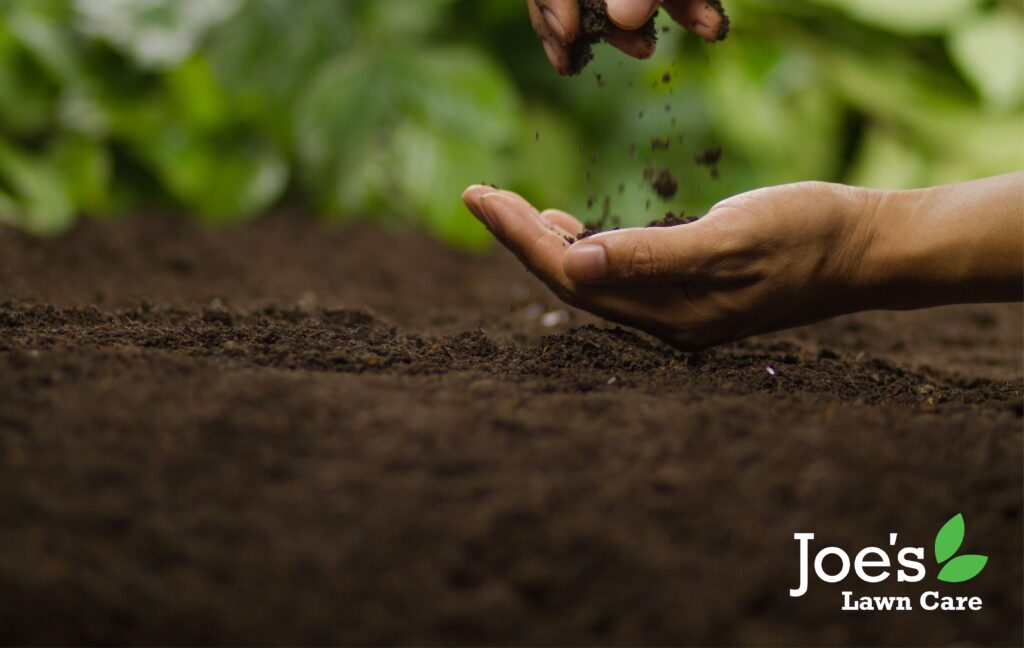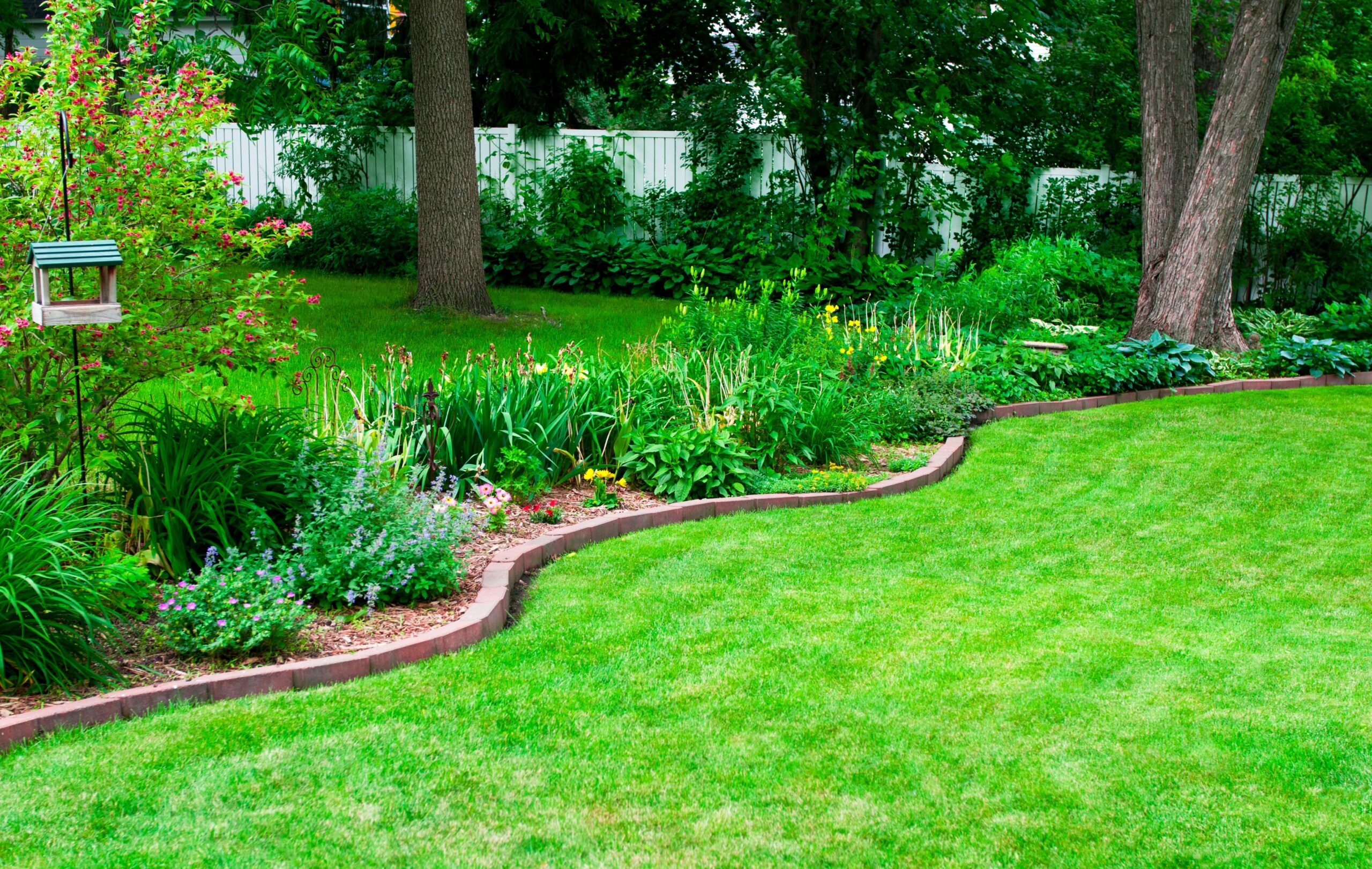This Soil Treatment Will Leave Your Lawn Looking Sub-Lime
This Soil Treatment Will Leave Your Lawn Looking Sub-Lime – When you were growing up, your parents – and grandparents – probably did that really parenty – and grandparenty- thing of telling you that life was all about balance. They said it so often that it became engraved in your frontal lobe without you even realising. It’s why you spend some of your days eating green salads and going to the gym and then spend the rest of your time eating a twelve pack of Krispy Kremes… While refusing to get out of your pyjamas (admittedly, most people would have used the analogy of riding a bike, but we think this is far more relatable).
Anyway, the reason we’re telling you this is because, like everything else in life, the soil beneath your lawn needs balance too. The difference is, your soil needs to be balanced in terms of pH levels (or, as your science teacher failed to explain properly, acidity).
If you read that and started to freak out because it sounds super-complex, don’t panic just yet. Restoring some balance to your too-low-on-the-pH-scale-turfgrass can be as simple as adding some lime. Mmm hmmm. That’s all it takes to go from zero to hero and get your lawn looking fifty shades of lush again.
Of course, there are a few things worth knowing before you get all heavy-handed with some lime. Which is why we have pulled together this fool proof guide on how to bring some balance back to your lawn:
1. “What Does Using Lime Actually Do For The Lawn?”
Like we said above, when we refer to the pH levels of your soil, we’re talking about the measure of acidity or alkalinity. In which a pH balance of 7.0 is neutral. Anything above this is acidic and anything below is alkaline.
The reason we’re telling you this is because most lawns demand a pH level somewhere between 5.5 and 6.5 if you want them to grow up all healthy. They’re prima donnas like that. Anyway, if your soil turns out to be lower than 5.5, it is going to really benefit from a splash of added lime. Which has been the most common method of changing the pH in soil for decades and decades and, you guessed it, even more decades.
If you’re wondering what you’ve done to deserve slightly acidic soil, we advise you take a deep breath and try not to beat yourself up too much. A lot of the time soil is naturally acidic. That said, the use of nitrogen fertilisers, too much watering or leaching can all play a role too. The reason this isn’t ideal is because a low pH level affects the microbial activity in your soil. Which is an overly complicated way of saying there will be less nutrients available to your grass and any other plants that make up your garden. It’s not something you can just sweep under the rug either. There are visible signs of distress, such as a loss of colour, less vigor and an inability to recover from almost every kind of common lawn problem, from drought to pests.
2. “Is Buying Lime A Straightforward Process”
While there are almost endless varieties of lime in the universe, there are only two kinds you should apply to your lawn:
- Limestone
- Chalk
This is because they both contain a lot of calcium carbonate. Unfortunately, though, it’s not as simple as just picking limestone or chalk. That’s because there are still several types of lime that fall beneath this bell curve. Anyway, to know which one will work best on your lawn, we recommend you book in a good old-fashioned soil test. That’s the safest move you can make.
To break down the different types of lime a little more for you, lime with a:
- High calcium content is usually referred to as calcitic lime. That’s right – it has the added plus of adding calcium to your soil.
- Limestone with high levels of magnesium is called dolomitic lime. You guessed it – is good for lawns that show signs of having a magnesium deficiency.
3. “Tell Me More About Soil Testing, Please.”
Cue you rolling your eyes: The most accurate way to test your soil is to book an appointment with us. Why? Because we specialise in soil improvement.
Of course, if you want to get your hands dirty, you can buy DIY soil testing kits from every good garden centre and hardware store. Or, if you can’t be bothered to go out in this weather (it’s raining at the time of writing), you can always order one from Amazon.
The good thing about these kits is they will usually test for nitrogen and phosphorus as well as the pH level. A nice added extra. The problem is, the accuracy of these tests can be pretty hard to predict. While the information you get fed probably won’t help you guesstimate how much lime you need to apply to your dear old lawn. It’s like we said, the most accurate way to test your soil is to book an appointment with us.

4. “What’s The Best Way – And Time – To Apply Lime To My Soil?”
Starting with the method, pretty much every type of lime can be applied to your lawn. Applied via the medium of a lawn spreader. Yup, just any old lawn spreader. If you don’t have one of these handy, however, and Keen Kevin won’t lend you his after what happened last time. Then just practise flinging the lime across your lawn with a shovel.
As for when, you can apply lime to your grass at any time of the year. Except if the ground is frozen. That said, people typically do this during early spring or mid-autumn. They also try and apply their lime after a good old bout of aeration. That’s because it’s the best way to boost absorption and allow some of your lime to wind its way down into the deeper parts of the soil. Simple.
Thanks for reading Joe’s guide to: This Soil Treatment Will Leave Your Lawn Looking Sub-Lime. For more lawn care tips and tricks, follow us on Facebook and Instagram.





